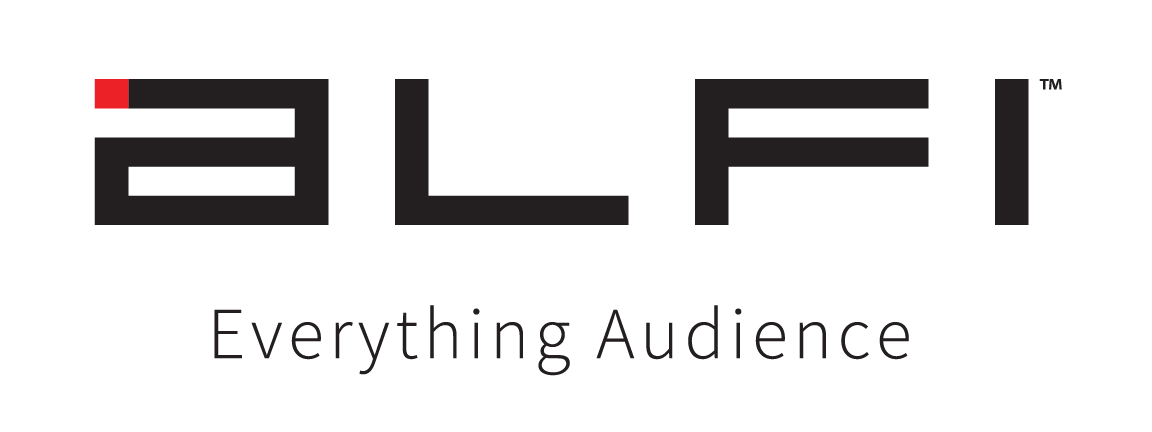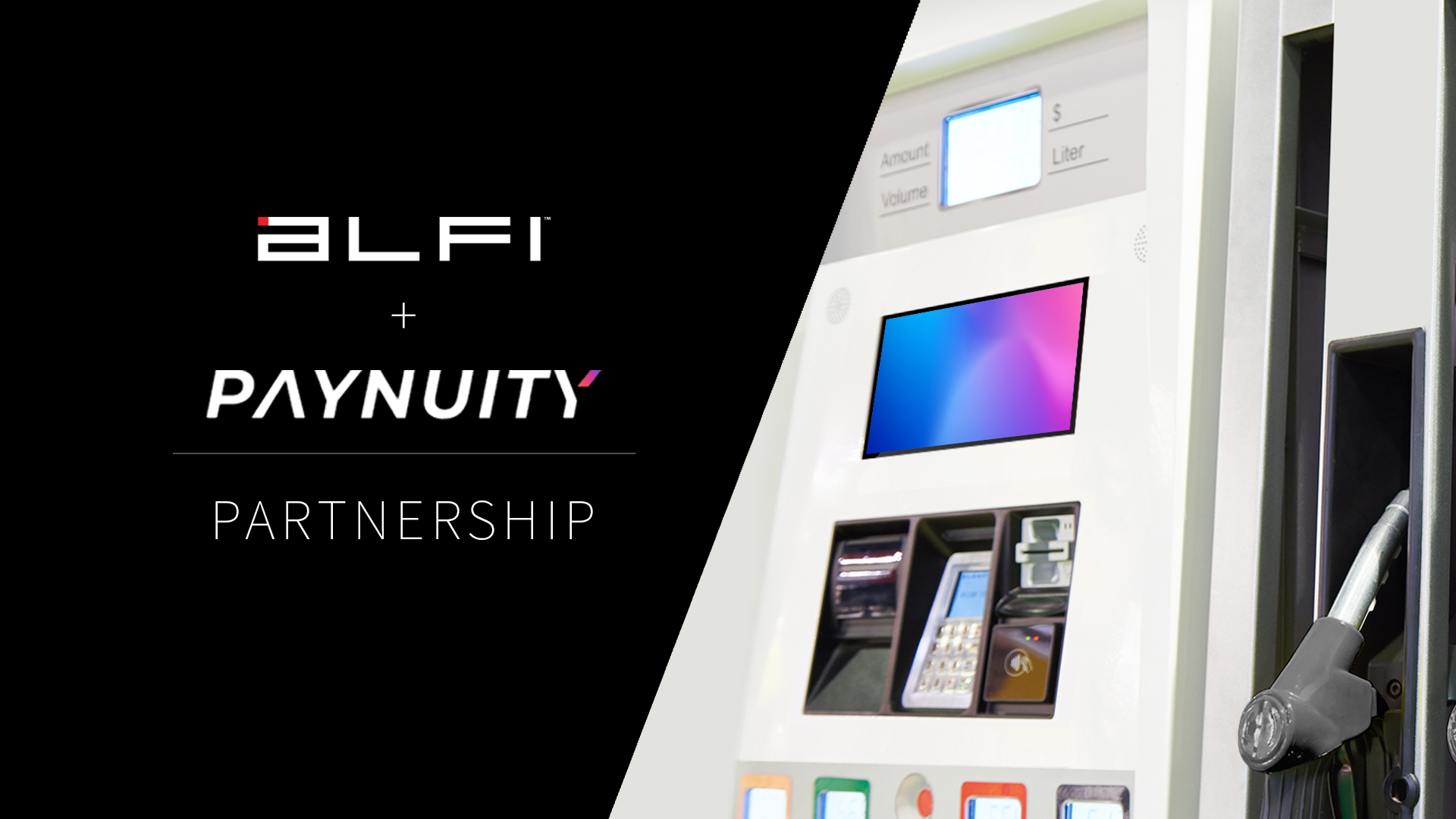The increase in OOH (out-of-home advertising) and DOOH (digital out-of-home) advertising options has allowed brands and ad buyers to reach target audiences more effectively, adapt their strategies in real-time, and access a wealth of data for better decision-making.
Beyond the benefits of demand-side platforms (DSPs) – and we will go into those more a little later in this article – there are many benefits for publishers looking to utilize supply-side platforms (SSPs) to simplify and enhance their part in the programmatic ad-buying process.
More traditional methods – like ad buyers haggling with publishers over ad spots and budgets – have been replaced with quicker, more modern tech that yields faster results in real-time. Powerful tech platforms can now handle all of the nitty-gritty details instantly and far more efficiently than ever before – without any of the hassles or haggling.
Publishers are looking to offload their ad inventory to the highest bidder. Supply-side platforms provide a convenient, seamless solution by connecting publishers, their inventory, and ad networks for easy management and optimization.
That supply is then integrated with demand-side platforms and awaiting ad buyers. This combination forms a programmatic ecosystem that helps to automate real-time bidding and maximize revenue for all players.
The components of a programmatic ecosystem:
- Advertisers
- Demand-side platforms
- Ad Exchanges
- Supply-side platforms
- Publishers
Before we dive into how these pieces are all interconnected, let’s define supply-side platforms.

What is a supply-side platform?
A supply-side platform – also known as a yield optimization platform – is an advertising technology platform that allows publishers to easily access, manage, and optimize their ad inventory via ad exchanges. It functions as an all-in-one system that connects supply to demand.
Simply put, SSPs give publishers the ability to sell their inventory to the best ad networks. An ad network is one type of technology platform that functions as an intermediary between publishers and advertisers. SSPs can connect inventory to ad networks and ad exchanges. Plus, SSPs’ expanded functionalities now include ad-exchange mechanisms which give publishers the ability to connect to DSPs directly instead of via other ad exchanges.
With SSPs, publishers can post all of their available ad stock, then filter ads by specific criteria, even defining the rate and cost for select ad spaces. It eases the complex process of programmatic ad buying.
Each publishers’ supply is then instantly plugged into the awaiting demand-side of the programmatic ecosystem.
What is a DSP?
Demand-side platforms serve as a single interface for advertisers and media buying agencies to search, purchase, and automatically bid on all ad inventory listed by publishers on the marketplace.
Using a DSP speeds up the process of selecting and buying display, video, mobile, and search ads. Historically, digital ads were bought and sold by ad buyers and salespeople in a much lengthier, more expensive process. With DSPs, that process can be handled cheaply and efficiently by automating the process with cutting-edge tech and removing human error from the process.
Gone are the days of negotiating ad rates and manually faxing ad insertion orders. DSPs provide an all-in-one solution for everyone involved. For more about how DSPs are transforming the face of DOOH advertising, check out this article.
DSP vs. SSP
It’s true that DSPs and SSPs do function similarly in their organization and simplification of the programmatic ad buying process. However, their goals and audiences are slightly different.
While a brand, marketer, or ad buyer would look for the right ad spaces, placement, and rates for purchasing digital real estate, they would use a DSP to locate and buy the right ad impressions for their target audience and brand goals as affordably as possible.
A supply-side platform is essentially a DSP for publishers. A publisher with ad stock would seek the use of an SSP to find efficient ways to sell display, video, and mobile ads.
However, an SSP works opposite here – not based on finding the lowest prices for an ad buyer, as a DSP would – as it seeks to maximize the prices at which publishers’ ad impressions sell. They both function to drive the money nearer to the client’s goal, but they do so in different ways.
In simple terms, a DSP and an SSP connect to different components of the programmatic ecosystem. The DSP helps organize ad-buying for advertisers and brands, while a supply-side platform helps publishers automate the sale of advertising space – the supply-side of the demand-side platform.

How does an SSP platform work?
The way things used to work, publishers had to manually find advertisers willing to purchase their ad spaces directly, but as expected, this often meant inventory went unsold. It’s easy to understand why that’s no longer a realistic solution, with tech access and modern digital marketing rendering such methods archaic.
So then, how do supply-side platforms work exactly?
SSPs can work in a number of different ways. One of the main ways that makes the ecosystem run so efficiently is in the use of real-time bidding (RTB). This process changes the way ad spaces are bought and sold by automating the bidding between SSPs and DSPs, instantly locking in the best deal for each side.
Ad exchanges allow DSPs and SSPs to manage deals programmatically, often securing bids in under a second when they meet the correct parameters. Beyond real-time bidding, these exchanges have the functionality to serve as a means for publishers and advertisers to manage inventory directly.
In order to present any available inventory, SSPs send all ad impressions to as many potential buyers as possible, with the goal of selling all inventory at the best price. Publishers can optimize their yield by connecting their ad stack to multiple ad exchanges and DSPs. In an instant, the SSP assesses and processes any requirements for creating the right match of a bid to inventory, sending a request to the matching ad server, once located.
That inventory will then be put on hold. If a mutual agreement is reached, the publisher will submit a webpage as an ad source. Each side will then add a code on the page to track visitor behavior. This pixel code yields anonymous data about visitors and their actions, maximizing the value that publishers receive from ad impressions.
That data can then be used to inform sales techniques and optimize yield. More on that in a little bit.
Why use SSP advertising?
There are countless reasons to utilize the benefits of SSP advertising. In short, SSPs function as all-in-one solutions for publishers trying to stay on top of the programmatic ad buying process.
Supply-side platforms evaluate and vet advertisers, understand and keep track of publishers’ complete inventory, manage the bidding range, and recommend the best matches for each requested space.
Want to make your ad stock available to the widest possible variety of buyers in the market at the highest profit? Inventory can be made available directly to buyers or indirectly via integrated ad exchanges, DSPs, and agencies alike. High-quality SSPs allow publishers to connect their inventory to multiple ad exchanges, DSPs, and networks all at once.
Let’s explore the benefits, shall we?
The benefits of supply-side platforms

Getting started is easy
When it comes to starting at square one, SSPs connect seamlessly with your ad inventory. SSPs make it easy to integrate with other AdTech platforms to sell inventory and maximize profits. There is no learning curve, as easy-to-use UI makes the programmatic ad buying process simple for anyone.
In the age of digital, marketers don’t want to sit on the phone with human ad buyers to negotiate over the prices of ad spaces. Most would prefer to use technology to purchase ads more efficiently. The same goes for those selling ads. SSPs deliver a convenient all-in-one solution for all parties involved.
Optimize your sales and expand your market
Sell your ad stock at higher prices and make your impressions available to a wider variety of market buyers via an SSP. As we covered before, the programmatic ad buying process allows for real-time bidding to connect the best buyers and publishers at optimal points.
SSPs allow publishers to sell their inventory for the highest possible price. DSPs analyze impressions, purchasing them for marketers based on certain filtered features such as their locations and target viewers. With maximum exposure to potential buyers via ad exchanges, publishers are more likely to bring in maximum revenue with more competition for impressions.
SSPs work to meet the needs of supply-side platforms, but there is a limit to how low they can go. Worried that the prices of your impressions will plummet?
Setting dynamic price floors prevents all of this. Dynamic price floors give publishers the ability to set soft and hard price floors at a minimum CPM in order to maximize their revenue. Impressions stay within any and all preset limits.
In a similar way to how a DSP unifies supply chain management for advertisers, an SSP interface gives publishers control over their inventory and more opportunities for filling their available inventory using real-time bidding auctions. These channels give advertisers the means to bid for the most valuable impressions, ultimately boosting publishers’ revenue. Many SSPs also allow publishers to fill their ad inventory directly.
SSPs and DSPs allow for frequency capping
The powerful tech behind SSPs and DSPs also works together to allow publishers and advertisers to run frequency capping. This is the process of recording the number of times a specific visitor is shown a particular advertisement, which can then limit or “cap” the number of times that visitor sees that ad.
All of this data – and more – is available with SSPs’ thorough, granular reporting.
Gain more control over your ad stock with powerful reporting and ad network optimization
Beyond providing access to a wider base of market buyers and setting price floors – defining the lowest minimums for which their inventory can be sold – the settings can also be updated to filter out which advertisers and channels are allowed to purchase impressions. Want to avoid certain ads from showing up on your sites or digital spaces? Simply block that kind of ad.
High-quality SSPs provide access to real-time, granular reporting so that publishers can understand what works and what doesn’t in order to maximize their profits. SSPs provide all relevant data points needed to analyze performance. Publishers can understand who is buying their inventory on the impression level and tailor and optimize their ad requests accordingly. How much are you making on impressions? What’s working and what isn’t?
These powerful analytics and reports give publishers full transparency about how their inventory is performing, including fill rates, clicks, and impressions. When choosing a platform, consider one that focuses on real-time statistics with updated figures, so you ensure that your information stays current with quickly evolving trends.
Understanding this data allows publishers to optimize their sales tactics and itemize their yield. Publishers can better control their impressions and set their own parameters since SSPs sell individual ad impressions. As such, supply-side platforms provide scalable solutions for the programmatic ad buying process.
Ultimately, high-quality SSPs provide greater control to publishers over their ad stack. Powerful filters ensure that only relevant ad networks are considered in the process, providing even greater yield more efficiently.
The list of benefits that come along with SSP advertising just keeps growing.




